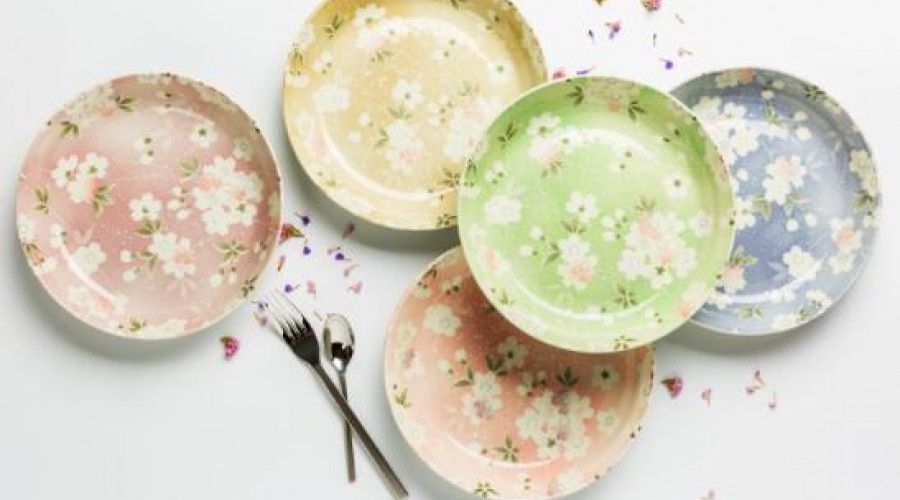
We know that porcelain is indispensable for glazing and firing, and the porcelain blank can only be called porcelain after porcelainization. In contrast to pottery, the difference between pottery and porcelain is not only that the raw materials for making pottery are different from the raw materials of porcelain. For example, the main raw material of pottery is clay, and the firing temperature is also different. The two are originally two things.
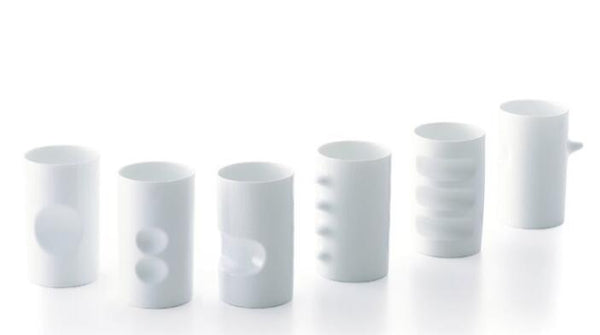
Porcelain is divided into high-temperature porcelain, medium-temperature porcelain and low-temperature porcelain because of the different glazing and firing temperature; according to the different flower decorations, it is divided into three types: on-glazed, under-glazed and in-glazed. These details can be viewed in other articles.
Here we will discuss in detail what high-temperature porcelain and low-temperature porcelain are, and what is the relationship and difference between them.
High-temperature porcelain refers to the porcelain that is fired at a high temperature above 1200° C after the porcelain body is glazed. At this temperature, the glaze applied to the porcelain blank can be fully porcelainized. The all-porcelain porcelain is very fine in quality, relatively hard, and the porcelain surface has high strength and is not suitable for scratching, and the sound is also very crisp. The non-matte high-temperature porcelain surface has a strong glass feel, pure white and very low water absorption, which is easy to clean. There are also many kinds of glazes used on porcelain, not only the glaze water used in porcelain is the same. For example, the glaze water used in high temperature porcelain is different from that used in low temperature porcelain.
Low-temperature porcelain refers to the porcelain that is fired at a temperature between 600 ° C and 900 ° C after the porcelain body is glazed. Because the temperature is not as high as that of high-temperature porcelain, the glaze layer on the surface of the porcelain blank cannot be completely porcelainized, the porcelain is not very fine, the hardness is not as high as that of high-temperature porcelain, and the strength of the porcelain surface is relatively low. Therefore, it is quite easy to scratch and damage, the glaze may crack or the porcelain may leak.
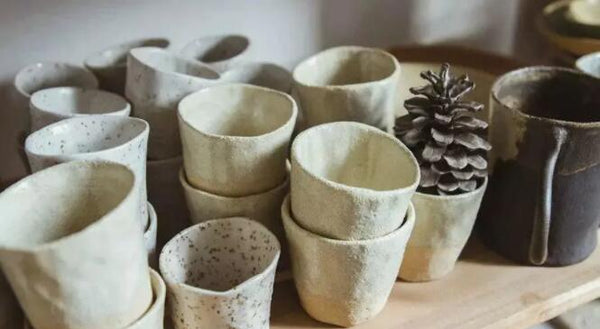
The difference between high temperature porcelain and low temperature porcelain:
- High-temperature porcelain can be fired at high temperature again, but low-temperature porcelain cannot.
- The water absorption rate of high-temperature porcelain is lower, less than 0.2%, and it is not easy to absorb odors. Low temperature porcelain has high water absorption and is not easy to clean
- Because of the complete porcelain, the sound is crisp. The sound of low temperature porcelain is relatively dull
- Harder than low temperature porcelain, high strength of porcelain surface, not easy to be scratched
- The color of high-temperature porcelain is whiter, and the hand feel is smooth and delicate. The color of low-temperature porcelain will be slightly yellowed and the hand will be rough.
In fact, bone china is also a kind of low-temperature porcelain, but the water absorption rate of bone china is less than 0.003%, which is very convenient to clean. Generally, oil stains only need to be cleaned with warm water. Because of the addition of natural bone meal, the color is milky white, and some of the white is yellow and milky white unique to bone meal. There is a special sense of cleanliness visually, and dining is also very ceremonial. The thermal insulation performance is a point that many hot drink lovers pursue, retaining the mellow taste of coffee or black tea.
Identification method: The biggest difference between high temperature porcelain and low temperature porcelain is the water absorption rate. If it is not easy to distinguish on the outside, it can be identified by the water absorption rate.
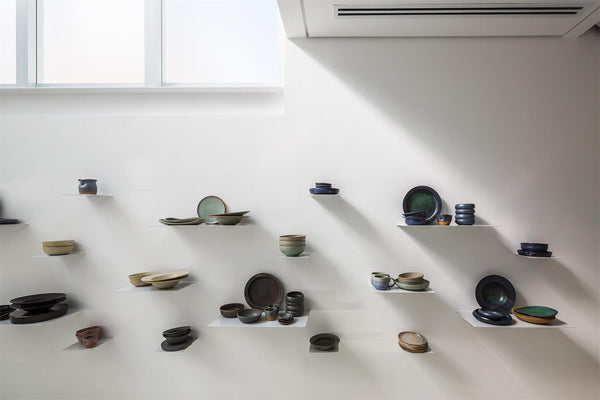

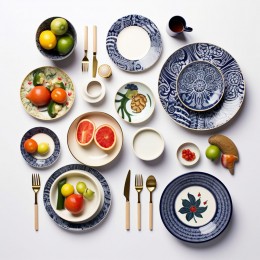
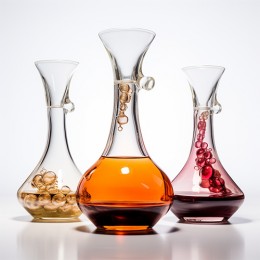



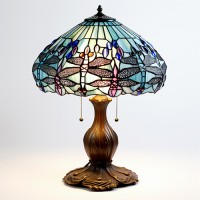
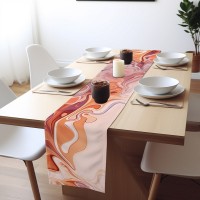


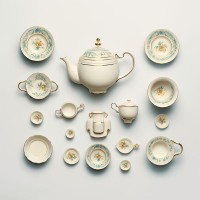
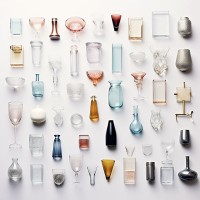
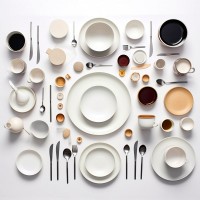


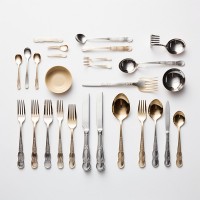


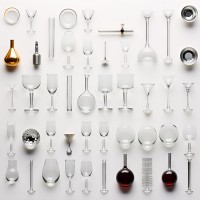

-400x400.jpg)
-400x400.jpg)
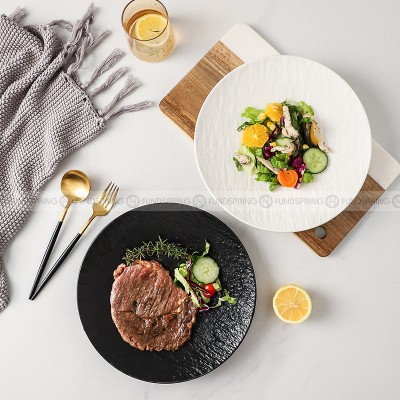
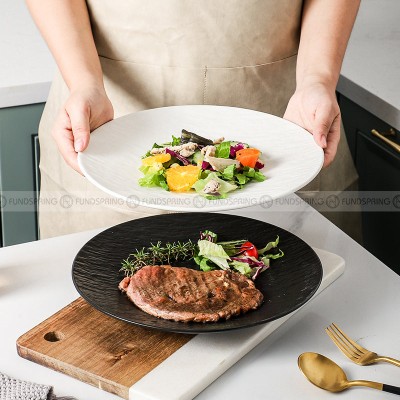
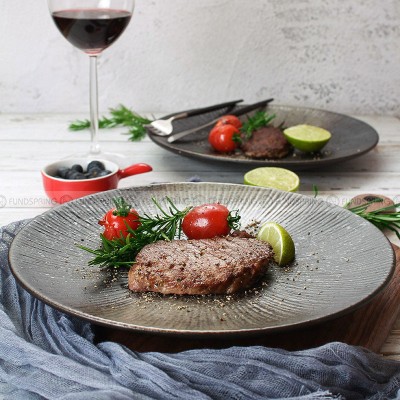
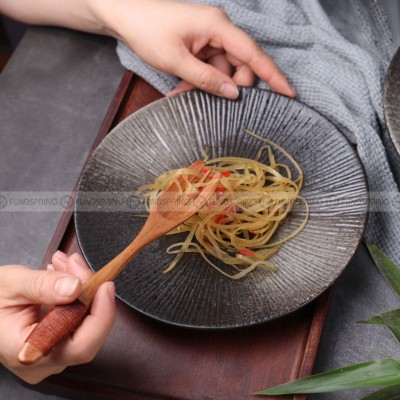
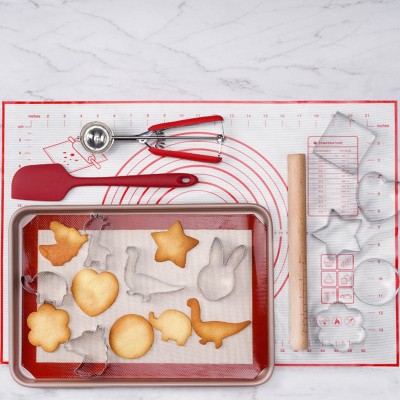
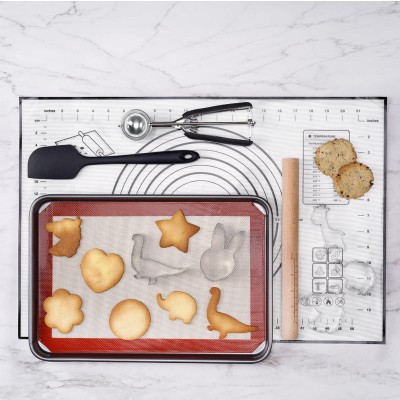
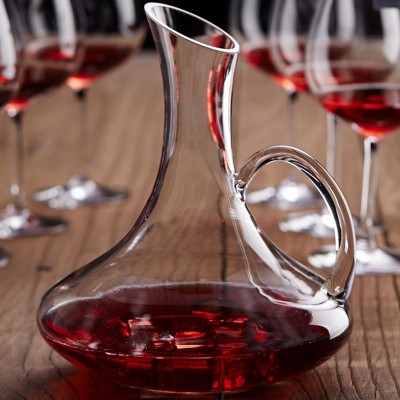
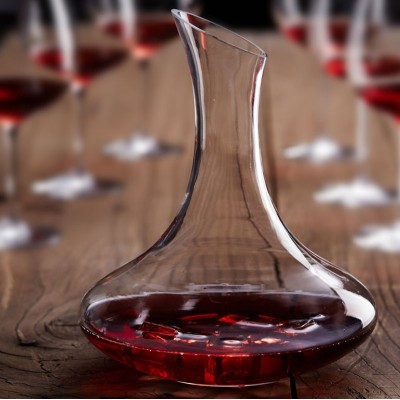
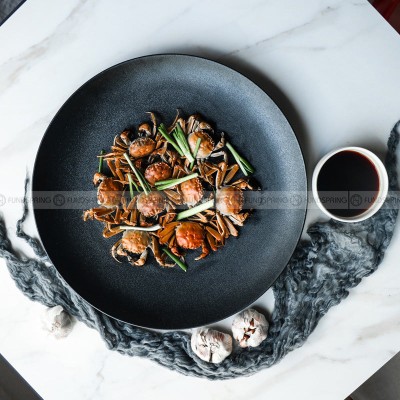
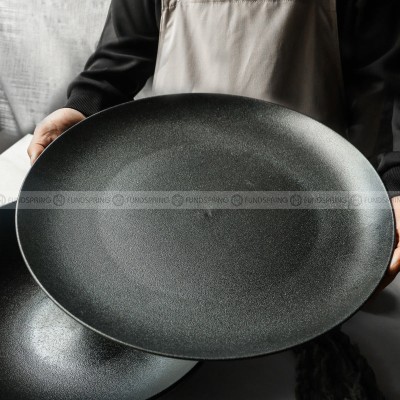
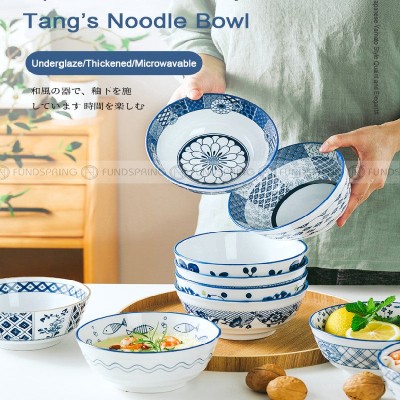
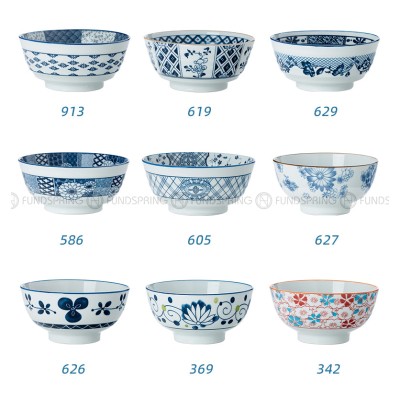

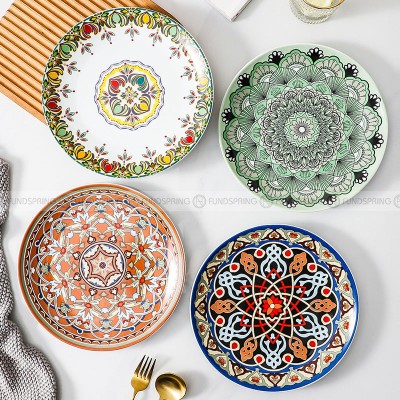
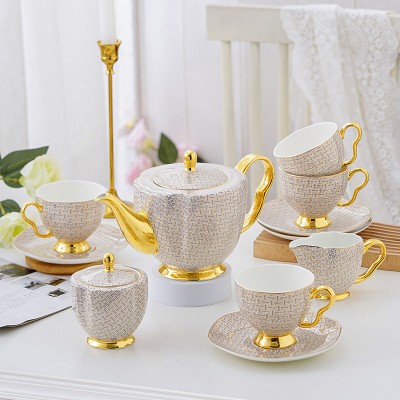
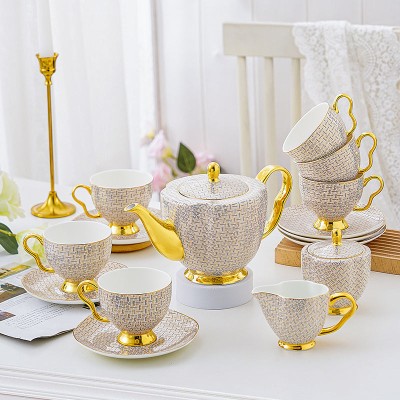
-400x400.jpg)
-400x400.jpg)
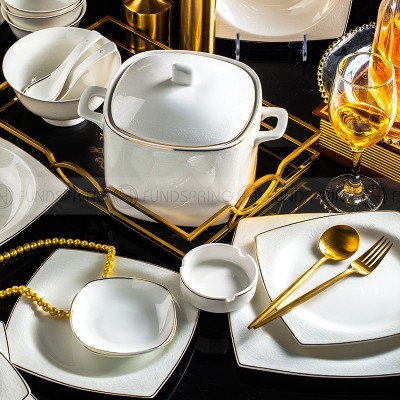
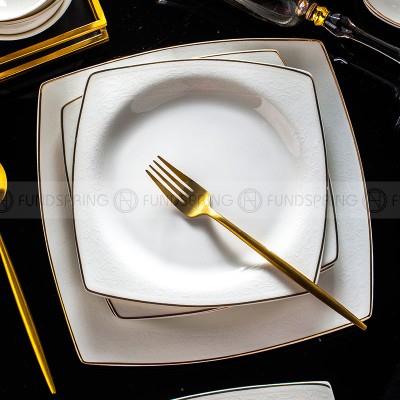
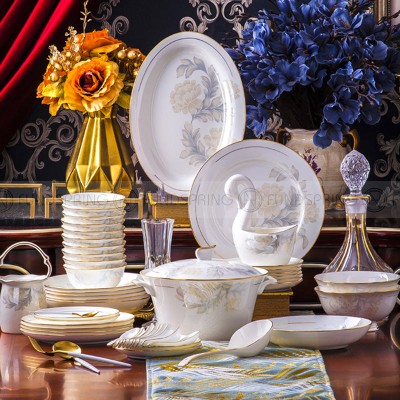
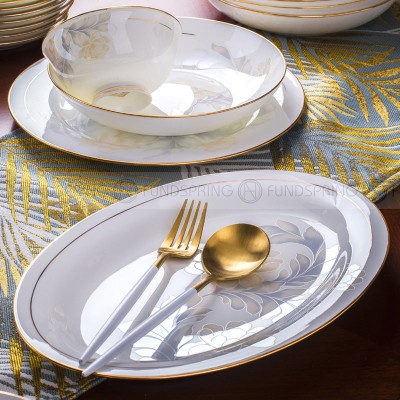
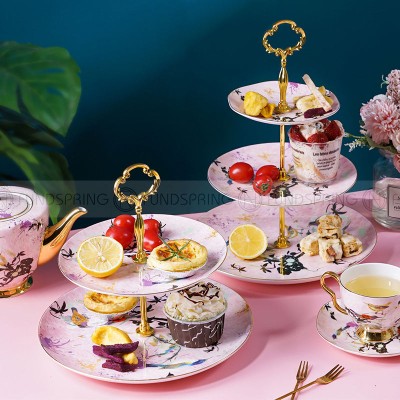
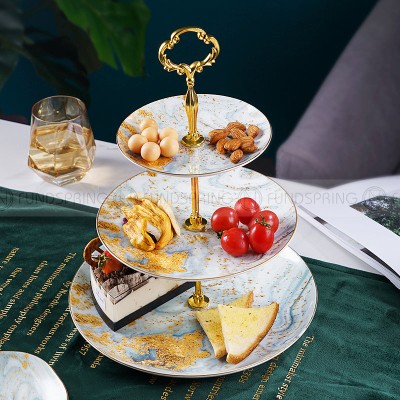
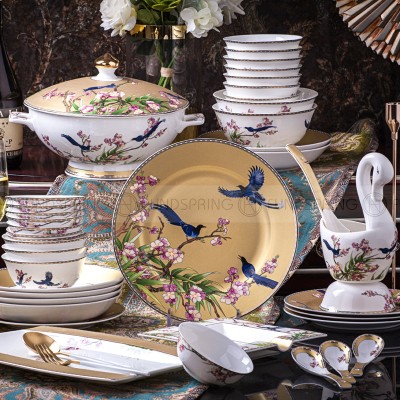

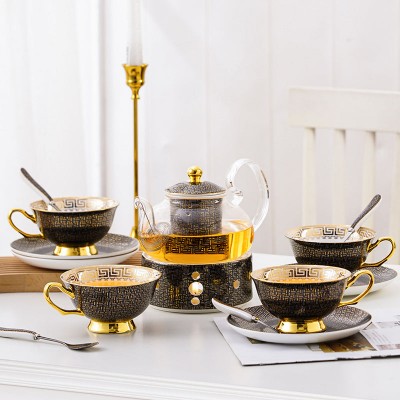
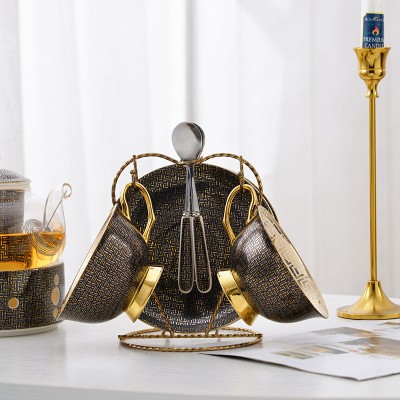
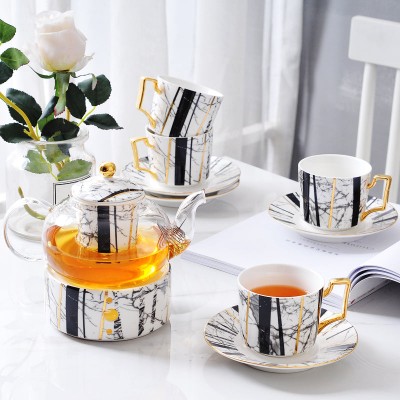
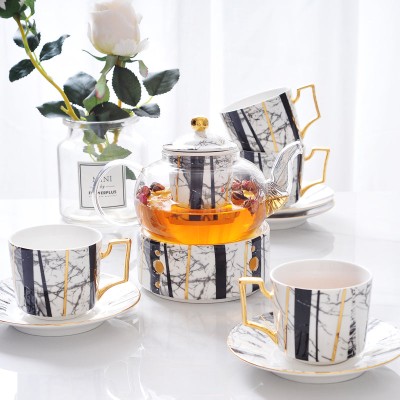
-400x400.jpg)
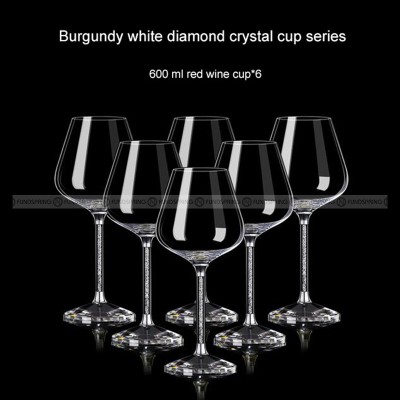
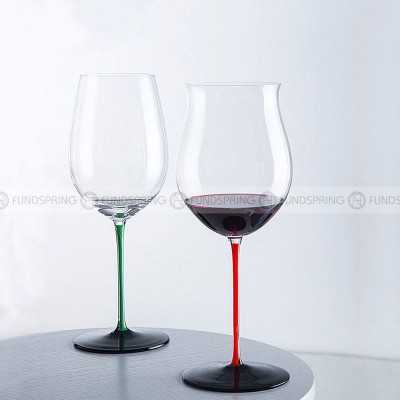
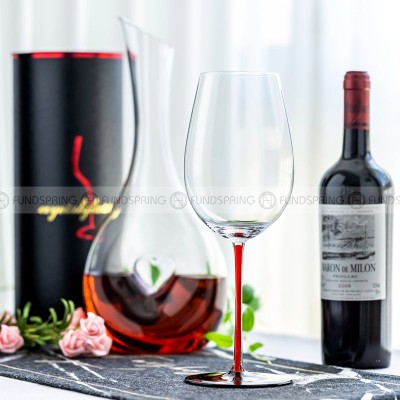
-400x400.jpg)
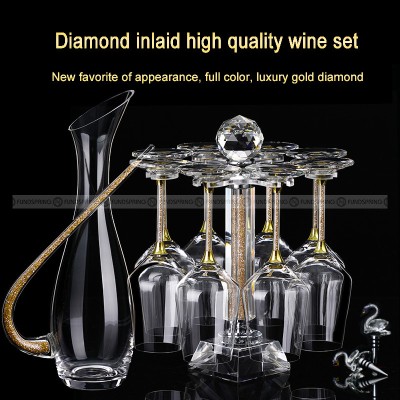
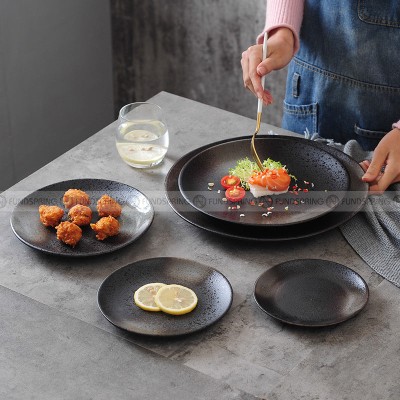
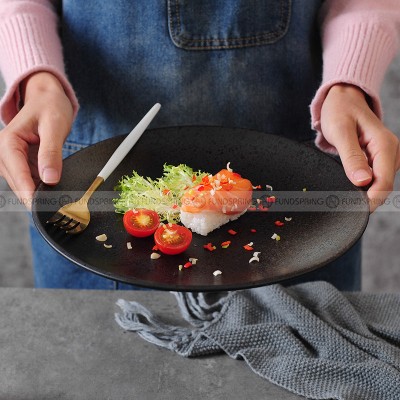
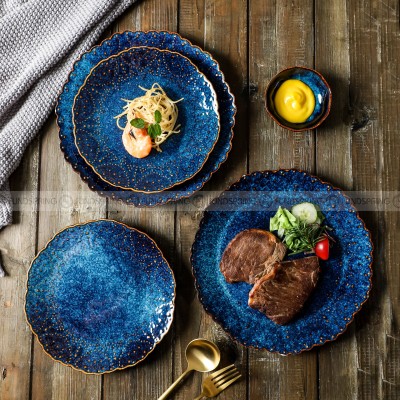
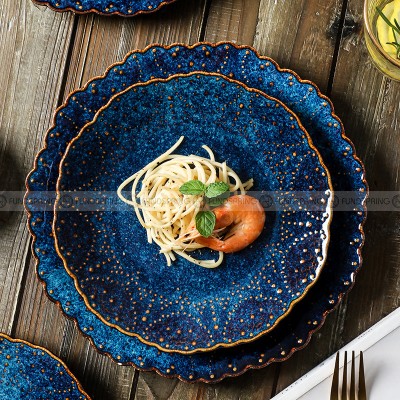
-400x400.jpg)
-400x400.jpg)
-400x400.jpg)
-400x400.jpg)
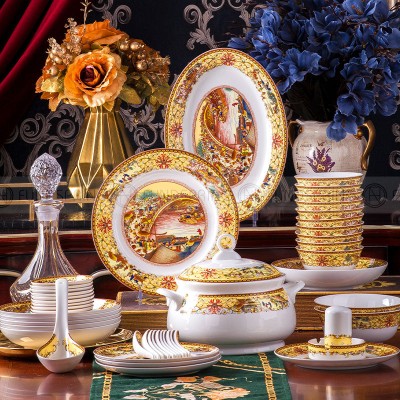
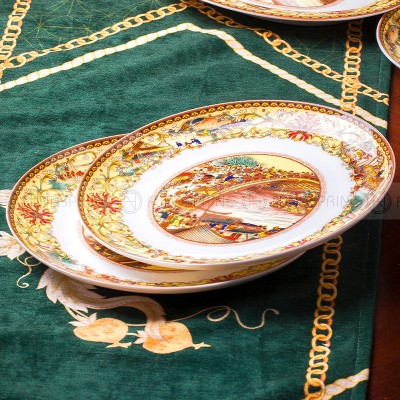
-400x400.jpg)
-400x400.jpg)

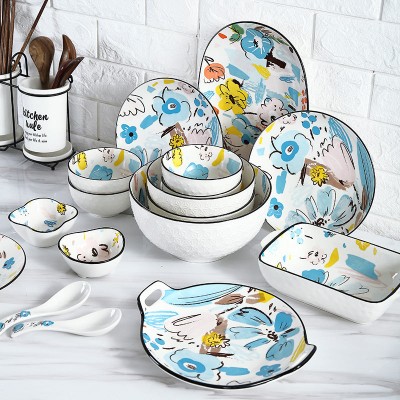
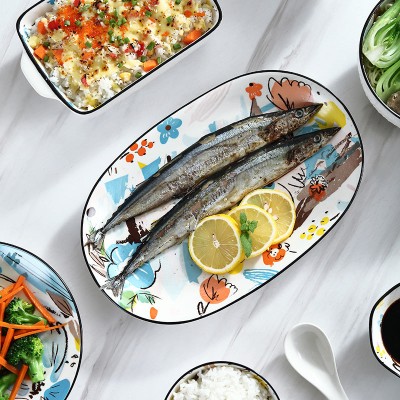
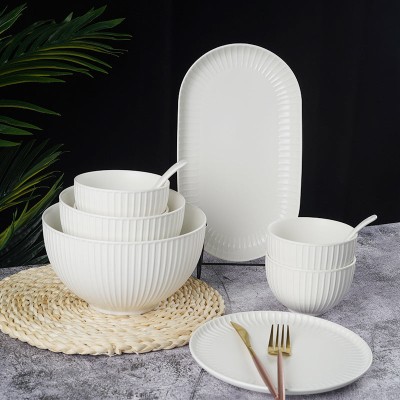
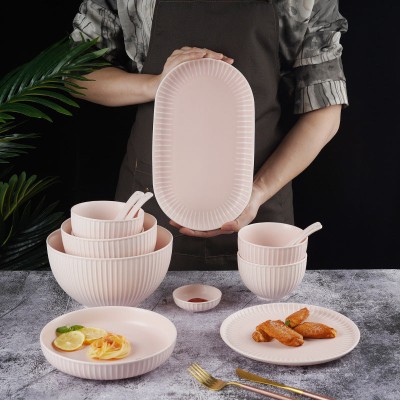
Leave a comment